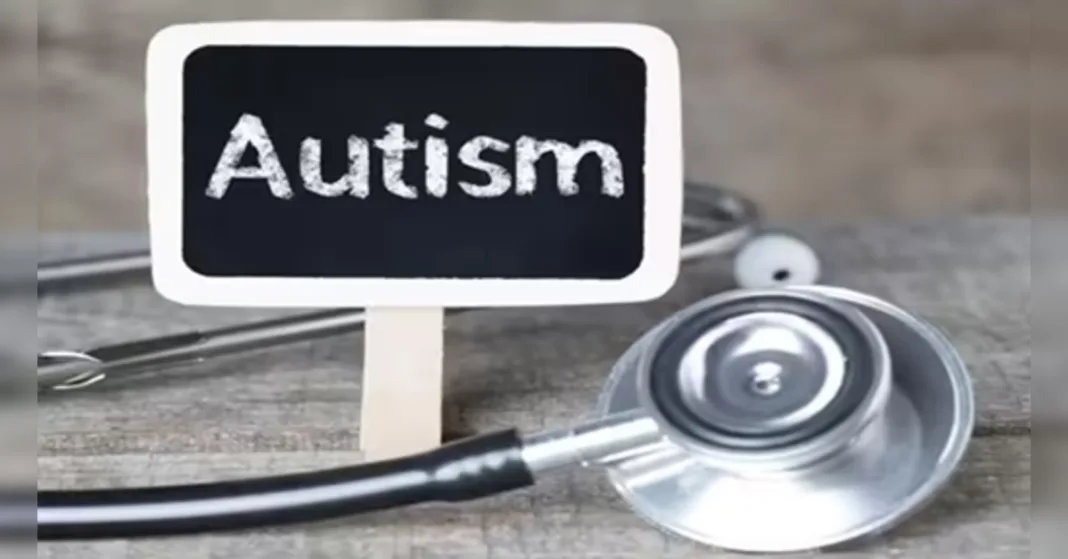
London: The discovery of four different subtypes of autism is a major step toward understanding the condition’s genetic underpinnings and improving care, researchers reported in Nature Genetics.
According to researchers, the four autism subtypes can be categorized as: Behavioral Challenges, Mixed Autism Spectrum Disorder with Developmental Delay, Moderate Challenges, and Broadly Affected. Each subtype exhibits distinct developmental, medical, behavioral and psychiatric traits, and importantly, different patterns of genetic variation, the researchers said.
The findings are drawn from a study of more than 5,000 children with autism, ages 4 to 18, and nearly 2,000 of their nonautistic siblings. The study looked for nearly 240 traits in each individual, from social interactions to repetitive behaviors to developmental milestones.
While the four subtypes may share some traits – like developmental delays and intellectual disability – the genetic differences suggest distinct mechanisms are behind what appear on the surface to be similar characteristics.
The timing of genetic disruptions and the effects on brain development differ with each subtype, researchers found.
As a result, some of the genetic impact of autism may occur before birth, while other effects may emerge as children grow, according to the study.
“What we’re seeing is not just one biological story of autism, but multiple distinct narratives,” study co-leader Natalie Sauerwald of the Flatiron Institute in New York said in a statement.
“This helps explain why past genetic studies (of autism patients) often fell short,” she said. “It was like trying to solve a jigsaw puzzle without realizing we were actually looking at multiple different puzzles mixed together. We couldn’t see the full picture, the genetic patterns, until we first separated individuals into subtypes.”
WEARABLES MAY IMPROVE CARE OF CHILDREN AFTER SURGERY
Young children recovering at home after surgery might someday wear fitness trackers to speed detection of complications, new research suggests.
Presently, surgeons must rely on the children themselves, or their parents, to describe new symptoms after hospital discharge. As a result, complications are not always caught at early stages.
At the Ann & Robert H. Lurie Children’s Hospital of Chicago, 103 children each received a Google Fitbit – a commercially available activity, sleep and heartbeat monitor worn on the wrist like a watch – to wear for three weeks starting immediately after appendectomy. Rather than just monitoring the usual metrics captured by the Fitbit, the researchers modified the devices’ algorithms to look for deviations from the circadian rhythms of a child’s activity and heart rate patterns.
The new algorithms were 91% accurate at flagging early signs of postoperative complications, up to three days before the children’s doctors would later diagnose them, the researchers found upon reviewing the data.
The devices were 74% accurate at identifying kids who were free of complications, they reported in Science Advances.
Eventually the researchers hope to develop a real-time system that analyzes data automatically and sends alerts to children’s clinical teams.
“By using widely available wearables, coupled with this novel algorithm, we have an opportunity to change the paradigm of postoperative monitoring and care – and improve outcomes for kids in the process,” study coauthor Dr. Fizan Abdullah said in a statement. (To receive the full newsletter in your inbox for free sign up here) (Reporting by Nancy Lapid; editing by Aurora Ellis)







